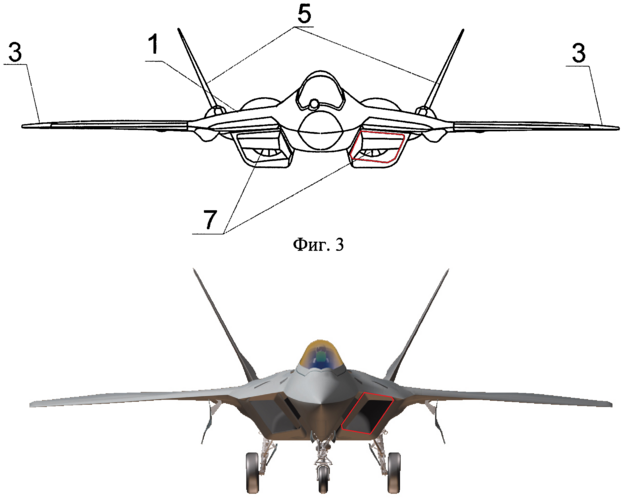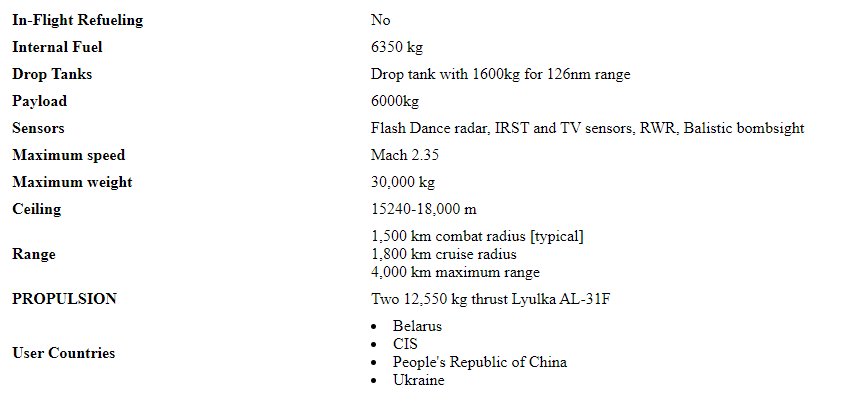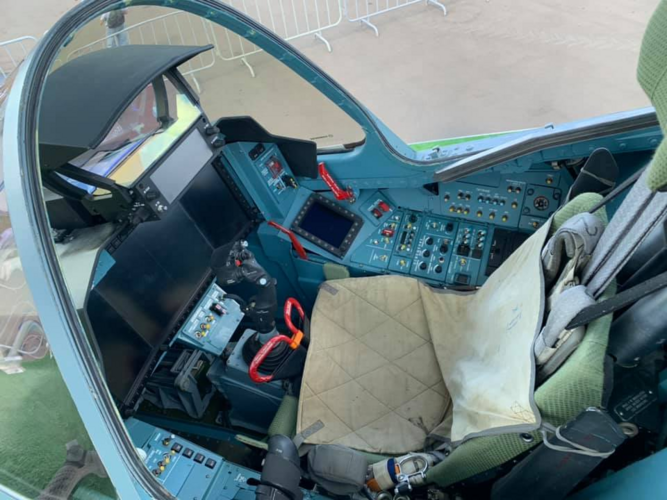In spite of the limitations of the F-22, I’m rather amused by those touting the superiority of the Su-57 as 5.5 generation or even better. The premise of arguing that the Su-57 is a half generation over the F-22 assumes many of the Su-57’s attributes from the “Megalopolis” upgrade program, which hasn’t even finished development. The izdeliye 30 engines being an example. Some of the claims put forth are also purely speculative. No source has ever stated that the izdeliye 30 engine is variable cycle. The airframe design of the Su-57 represent a different set of requirements, with range and payload being higher priority compared to the F-22.
Some of the points listed also seem like advertising talking points. Fixed inlet? “Advanced lift augmentation devices?” So what? I frankly don’t even see a tangible benefit of the former; the latter is pretty marginal.
In any case, the debate over a comprehensive MLU of the F-22 within USAF stems more from economy of scale rather than the physical limitation of the airframe itself. Perhaps the F-22’s airframe doesn’t have the potential to reach what USAF is looking for in the NGAD, but it’s quite presumptuous to somehow equate this as an example of the Su-57’s superiority; whose to say the Su-57 can meet NGAD requirements any better?
Before simply handwaving away the differences in stealth between the two aircraft, industry sources that I’ve spoken with have alluded to the Su-57’s LO design lacking features for the S-band, in contrast to the F-22. Certainly this would be a limitation for maritime strike.
That was a good post at least
I think the reasoning is pretty straightforward. The airframe of the Su-57 is intrinsically superior in range, payload, propulsion and has more resources for maneouverability. The engine part of it was what depends on Megapolis, but by now, 10 years on after the development of izd. 30 started and roughly one year away from state tests beginning, we know enough and the risk is low enough to start talking with some basis about it. The values I am giving are founded in statements by the designer, not in internet sources. I am the first sceptic, but after many instances of the same data I consider them solid enough not to be lightly dismissed.
Is izd. 30 a VCE? I said likely, because of a series of reasons. If you have a better explanation of how a fixed BPR engine can have at the same time higher specific thrust than F119 and the fuel consumption of the AL-31F, I am all ears, really. In the end, what is more difficult, to develop a VCE, or to create a fixed bypass engine with equivalent performance? BTW, the core of izd. 30 is currently being used for the development of the three stream engine that they consider 6G (izd. 30 is considered 5.5G by the manufacturer)
You don't see a tangible advantage of variable intakes at high speeds, or do you think such speeds are not relevant? Why does NGAD need speed among its main features, then? What is to be expected from a second stage Su-57, with higher specific thrust engines and 30% bigger intakes than F-22, in regards of supercruising? As to the payload and range features. F-22 is considered outdated and lacking on them, but Su-57, which has them plus quite superior propulsive arguments, is (widely, maybe not by you) considered 4.5G. That is BS of the highest order.
Do you think a lift augmentation feature like the LEVCONS is of no use, does it not help trimming the plane in supersonic and keeping the airflow attached at high AoA? This, as almost anything in the Su-57, was designed to match or surpass the F-22, designing to be worse from the beginning and coming late is simply a non workable strategy.
The issue with what is X gen is that US makes the claim, makes the narrative and declares who is entitled to carry the title. If you want that privilege to remain unchallenged granting those attributes at will is ok, but if the same features in NGAD define 6G but in Su-57 just 4.5, then I call it self serving and logically weak.
As to the S band features on the Su-57, it may be the case. I think this is a quite difficult topic on many regards and we addressed it in a specific thread for a good reason. I can say though, that modern lower band radars are declared to see US VLO without any problem. So they are also not stealth either, it seems.
trose213 said:
What if I'm looking for the new physical principles, since that what it seems like you're evaluating aircrafts based on.
I have no idea what you are referring to




